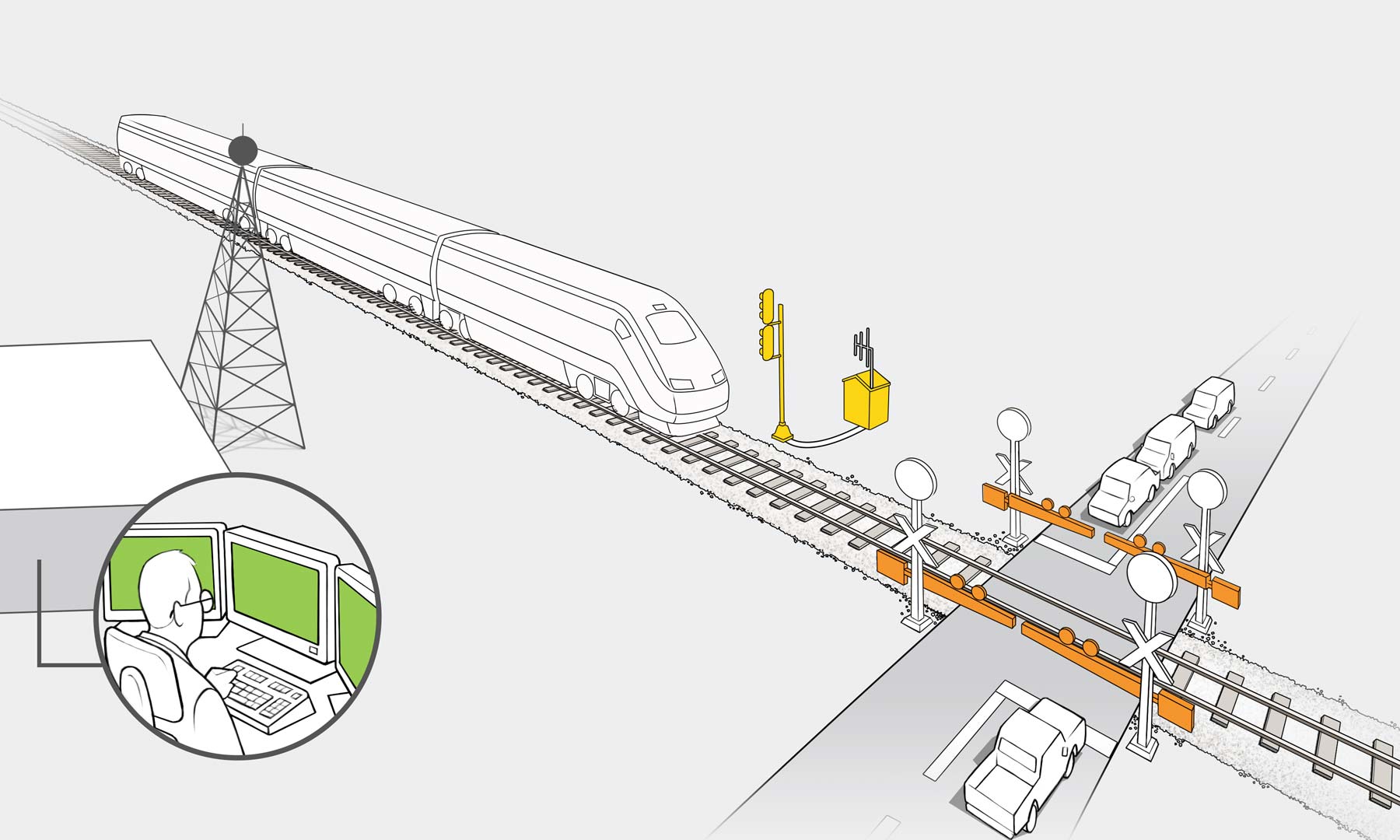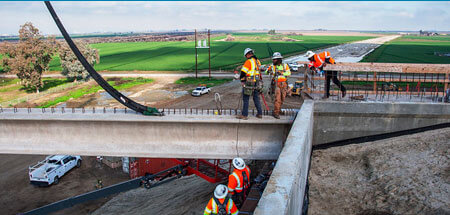Positive Train Control
Positive Train Control (PTC) is state-of-the art collision avoidance technology that allows trains, tracks and dispatch centers to actively communicate using a fiber-optic network.
Through PTC, train engineers receive continuous information about speed restrictions, work zones and other safety impacts. For example, the PTC system would alert an engineer approaching a crossing where the crossing arms are malfunctioning. With PTC, a train’s onboard computer displays safe-braking distance based on speed, train length, weight and track curvature. PTC restricts speed limits and serves as a failsafe system. If the engineer doesn’t respond, the PTC system takes over to prevent a train from running a red signal light or entering a stretch of track at an unsafe speed.
The Authority will implement next-generation technology, Automatic Train Control (ATC), of which PTC is a subset. ATC is service-proven technology used on rail in Europe and Asia that ties in additional safety measures, such as intrusion detection and earthquake detection.

Dispatch Center
The central hub for key operating information which is consistently monitored by operations personnel.
Onboard Computers
Monitors the train's position and speed and activates braking as necessary to enforce speed restrictions and unauthorized train movement into new sections of track.
HSR Network
An HSR network sends train speed and location data to the dispatch center, in addition to track system sensors.
Sensors
The track system includes sensors that monitor train speed and location.
Quad Gates
Gates block traffic on both sides of the track on blended corridors with a track speed of 110 mph or less.
PTC Quick Facts
How California High-Speed Rail is supporting PTC statewide
- Metrolink, Southern California’s 512-mile regional passenger rail network received $81.5 million through the California High-Speed Rail Program, helping it become the first railroad in the nation to have its entire system in service with positive train control technology.
- Caltrain, Northern California’s main passenger rail service along the Bay Area peninsula, received $105.4 million through the California High-Speed Rail Program to install positive train control technology along the operations corridor.
- North County Transit District in San Diego County received $41.8 million through the California High-Speed Rail Program to install positive train control technology along major operational corridors.
- Caltrans received $2.9 million through the California High-Speed Rail Program to install positive train control technology along the BNSF rail corridor between Los Angeles and Fullerton which currently serves Metrolink, Amtrak, and BNSF rail services.


